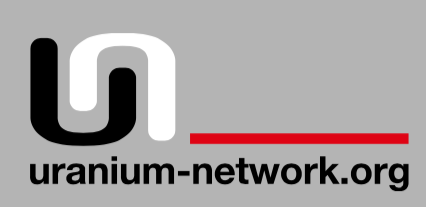 Areva Resources Canada Inc. has received its marching orders for what to include in a final environmental impact statement, or FEIS, on its Kiggavik uranium project near Baker Lake.
Areva Resources Canada Inc. has received its marching orders for what to include in a final environmental impact statement, or FEIS, on its Kiggavik uranium project near Baker Lake.
Those “commitments,” which Areva must observe when writing its FEIS for Kiggavik, are contained in a 62-page report that the Nunavut Impact Review Board issued July 5 following a conference held June 4 to June 6 in Baker Lake. (See document embedded below.)
Source: NUNATSIAQ NEWS
Document: Nunavut Impact Review Board conference decision
In that report, the NIRB made or confirmed several decisions that will set out how its environmental review of the Kiggavik will be done.
First, Areva will submit its FEIS by Sept. 30, 2014.
That means that because the minimum allowed time period for a technical review of the FEIS is 80 days, with a further 30 days in which Areva must respond to stakeholders’ submissions, final public hearings on the Kiggavik project can’t be held until some time in 2015.
Those final public hearings are expected to lead to the production of the terms and conditions to be included in a project certificate for Kiggavik. If approved by the AAND minister, Areva must abide by those terms and conditions during construction and operation of the project.
NIRB, however, doesn’t yet know exactly when those final public hearings will be held.
“At this time, the Board is not in a position to schedule the date of the Final Hearing as it is highly dependent on the actual date of the filing and acceptance of a complete FEIS submission,” the NIRB report said.
But they can say where it will be held: Baker Lake.
At the same time, NIRB says it will “take steps to ensure” that representatives from Arviat, Chesterfield Inlet, Coral Harbour, Rankin Inlet, Repulse Bay and Whale Cove can get to Baker Lake to participate in the final hearings.
And as the final hearing approaches, NIRB will set out requirements for language, interpretation, translation and the production of transcripts.
On the timing of the final hearings, the NIRB acknowledged submissions from the mayor of Baker Lake that May and June are bad times to hold community meetings, because numerous people are on the land during those months.
In its decision, the NIRB added 25 mandatory commitments that Areva must follow in crafting its FEIS.
They include requirements that Areva provide more information on groundwater and water-fowl issues, Areva’s promise to achieve a 50 per cent Inuit employment level, potential impacts on caribou and more clarification of its use of Inuit Qaujimajatuqangit.
NIRB also said that they want Areva to provide an update of all relevant non-confidential information that pertains to its Inuit impact and benefits agreement with the Kivalliq Inuit Association.
The Kiggavik site, about 80 kilometres west of Baker Lake, is estimated to contain about 51,000 tonnes of uranium.
Areva proposes mining it at two sites, one called Kiggavik and the other called Sissons.
The company’s proposed infrastructure includes a mill, a landing strip, worker accommodation, access roads to Baker Lake and between the two mine sites, and a dock and storage facility at Baker Lake.
Areva sets the “potential” start of construction in 2017, but in public statements they’re hedging on that promise.
Right now, they say “a construction decision will be made by the Kiggavik Project joint venture partners taking also into account the uranium market conditions.”
That likely means that if uranium prices are low on world markets, the company might not be able to make a decision on construction and production.
To that end, the NIRB urged Areva to be as up-front as possible about its development plans.
“The Board trusts that AREVA is aware that its decisions will affect the lives of many Nunavummiut over the coming years, particularly youth in the Kivalliq communities, and encourages AREVA to be as clear and transparent as possible in the FEIS about the development strategy and the trigger(s) for making the decision to proceed with the Kiggavik Project,” the NIRB said in its report.
